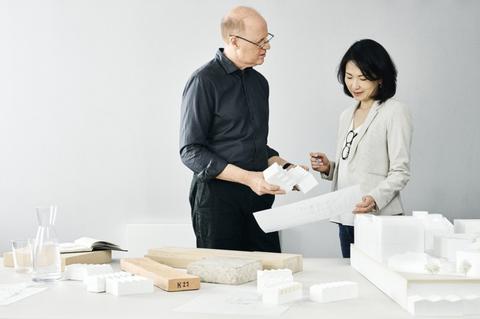Alex Archibald – Change is in the Air
The future is uncertain. But we know that if we don’t think now about the legacy of our actions we won’t enjoy the prosperous future we deserve.

My research focuses on trying to understand what drives alterations in the composition of the atmosphere and how they affect the habitability of our planet, in relation to air pollution and climate change. The air around us is mainly made up nitrogen and oxygen, but what really fascinate me are the gases and aerosols that many of us don’t know about because they are so small in size or number. Some of the gases present in tiny amounts, less than one molecule in a trillion, have an enormous effect on the quality of the air we breathe and the climate; relatively minor changes in the composition of the atmosphere have huge impacts.
Air pollution is by no means a new problem. Hippocrates, in his book Airs, Waters and Places, realised the relationship between air and health is important as early as 400 BCE. By the eighteenth century, Percival Pott found a link between the exposure of chimney sweeps to soot and increased incidences of cancer, ultimately paving the way for future laws on occupational exposure. It is a shame, then, to think that we are still having global, and local, problems with air pollution.
Those passing the back of Emma in the last few years may have noticed a small grey box in Parker Street, with an odd-looking glass jar on top. This instrument has been measuring two of the most important air pollutants, nitrogen dioxide (NO2) and particulate matter less than 10 microns in diameter (PM10), and provides a direct means of assessing the quality of the air in the vicinity. NO2 is a gaseous pollutant produced mainly from combustion of fossil fuels, whereas PM10 can come from sources as diverse as spray from waves breaking at sea, to dust produced from wear-and-tear of brakes and tyres on roads. Recent analysis of these data shows striking features, offering hope and raising questions. During the COVID-19 lockdowns, levels of NO2 dropped by around 70 per cent. This is a very significant and positive outcome of what has otherwise been, and continues to be, a tragedy. But in Cambridge the levels of PM10, and those of finer-sized particles, PM2.5, did not decrease during that time. COVID-19 has thus allowed atmospheric scientists like myself to get a glimpse at what future policies may do to the quality of the air we breathe.
These changes in air pollution have not only been witnessed at street level but have also been captured by satellite sensors, which show that world-wide levels of NO2 and other air pollutants have fallen. But what about levels of greenhouse gases? These molecules, which include carbon dioxide (CO2) and methane (CH4), have been shown to drive recent changes in climate. The climate warming stripes shown here for central England for the last 350 years highlight that whilst there has been variation over the centuries, the last few decades have all been considerably warmer than average. COVID-19 has not resulted in significant changes in abundance of the gases that cause climate warming, but it has highlighted that turning the tide on this global problem is slow. Recent analysis of the effects have shown that emissions of greenhouse gases reduced by 17 per cent and whilst this is a huge figure, it highlights the scale of the problem.
I wonder what lessons we have learned from our experience of the COVID-19 lockdowns? I have realised that only changing how frequently and how far I travel is unlikely to result in the clean air and safe climate I hope generations of Emmanuel students will inherit in years to come. We have an opportunity to shape a future that is completely different and only time will tell if we succeed.


